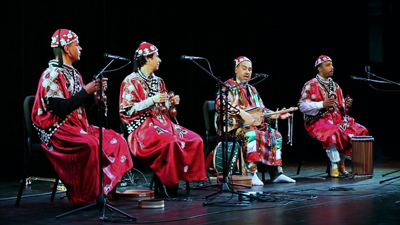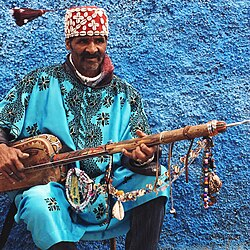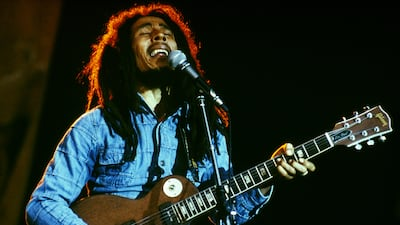- Published on
Gnawa Music Spiritual Trance and Cultural Heritage
- Authors

- Name
- Adil ABBADI
Introduction

In the vibrant cities of Morocco, a unique cultural phenomenon has been captivating audiences for generations. Gnawa music is an ancient tradition that combines African rhythms, Arabic poetry, and Sufi mysticism, transporting listeners to a realm of trance and spiritual ecstasy. This captivating genre has been recognized by UNESCO as an Intangible Cultural Heritage of Humanity, and its influence can be seen in the Cultural Context.
- Cultural Context
- Traditional Significance
- Modern Relevance
- Cultural Preservation
- Conclusion
- Cultural Call-to-Action
Cultural Context
Gnawa music originated in the 16th century, when West African slaves were brought to Morocco. They merged their musical traditions with the Arabic and Sufi influences of their new environment. The result was a distinctive sound, characterized by hypnotic rhythms, call-and-response chants, and poetic lyrics. Over time, Gnawa music became an integral part of Moroccan cultural identity, with its own unique instruments, such as the guembri (a three-stringed bass), the karkaba (a pair of metal castanets), and the tbel (a large drum).

Traditional Significance
In traditional Gnawa ceremonies, known as lilas, musicians and dancers gather to invoke the spirits of ancestors and saints. The rhythmic beats and mesmerizing melodies induce a trance-like state, allowing participants to connect with the spiritual realm. This communal experience fosters a sense of unity and social bonding, as individuals from diverse backgrounds gather to celebrate their shared cultural heritage.
Modern Relevance
Today, Gnawa music has evolved, with modern artists blending traditional styles with contemporary genres like rock, jazz, and electronic music. This fusion has introduced Gnawa music to a global audience, attracting fans from around the world. The genre's spiritual essence remains intact, as it continues to inspire new generations of musicians and listeners alike.

Cultural Preservation
Efforts to preserve and promote Gnawa music are crucial to maintaining Morocco's rich cultural heritage. The Moroccan Ministry of Culture has established programs to teach traditional Gnawa music and instruments in schools and cultural centers. Additionally, festivals like the Essaouira Gnawa Music Festival showcase the genre's diversity, attracting international attention and supporting local artists.

Conclusion
Gnawa music is a testament to the power of cultural fusion and the enduring spirit of Moroccan heritage. This captivating genre has woven together diverse influences, creating a unique and unforgettable experience that transcends borders. As we celebrate Gnawa music, we honor the rich cultural tapestry of Morocco and the unifying force of art.
Cultural Call-to-Action
Embark on a journey to discover the mesmerizing world of Gnawa music. Attend a traditional lila ceremony, listen to modern fusion artists, or explore the vibrant cultural scene of Morocco. Let the hypnotic rhythms and poetic lyrics transport you to a realm of spiritual ecstasy, and experience the beauty of Moroccan cultural heritage.
